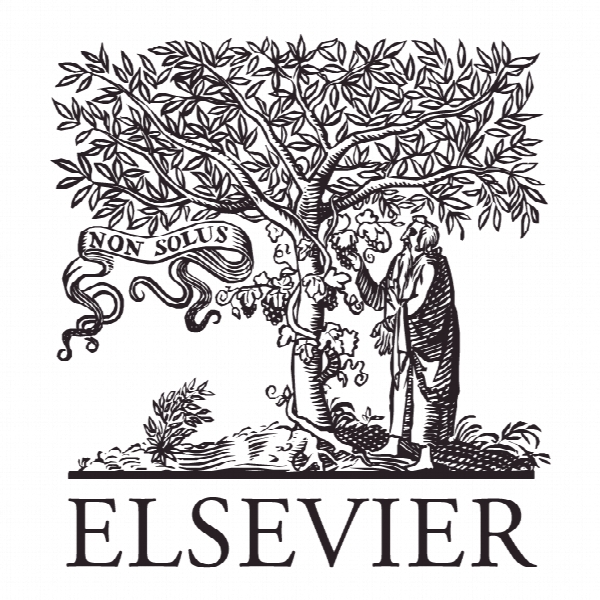برنامه های مستقیم و عرضی در تحقیق و توسعه Direct and cross scheme effects in a research and development
- نوع فایل : کتاب
- زبان : انگلیسی
- ناشر : Elsevier
- چاپ و سال / کشور: 2018
توضیحات
رشته های مرتبط مدیریت
گرایش های مرتبط سیاست های تحقیق و توسعه
مجله سیاست تحقیق – Research Policy
دانشگاه Technische Universität München – Germany
منتشر شده در نشریه الزویر
کلمات کلیدی توسعه و تحقیق (R&D)،تکمیلی، یارانه های تحقیق، یارانه های توسعه، سیاست نوآوری
گرایش های مرتبط سیاست های تحقیق و توسعه
مجله سیاست تحقیق – Research Policy
دانشگاه Technische Universität München – Germany
منتشر شده در نشریه الزویر
کلمات کلیدی توسعه و تحقیق (R&D)،تکمیلی، یارانه های تحقیق، یارانه های توسعه، سیاست نوآوری
Description
1. Introduction Endogenous growth theory has long singled out public subsidies as one of the main policy tools to address market failure related to research and development (R & D) investments (Aghion and Howitt, 1998; Howitt, 1999; Segerstrom, 2000). It is therefore not surprising that R & D subsidies are one of the largest and fastest-growing forms of industrial aid in developed countries (Nevo, 1998; Pretschker, 1998). A comprehensive literature has investigated the effects of public subsidies on private R & D spending. Although this literature by now provides substantial evidence that subsidies trigger additional R & D in the private sector, the cost-efficiency of providing such schemes is still under debate (Takalo et al., 2013a,b). Moreover, little is known about the responsiveness of the different activities within the R & D process to public subsidies. R & D subsidies are often designed as direct grants and affect two related, but distinct activities, namely research (‘R’) and development (‘D’). Research activities show fundamentally different characteristics from development activities as research typically involves more tacit knowledge, higher intangibility, greater outcome uncertainty, and larger distance to the market. These features explain the different extent of market failure associated with research versus development investments. Appropriability tends to be weaker for research investments compared to development because research typically involves early-stage activities with a wider set of possible applications and hence higher knowledge spillovers and higher expected social returns (e.g. Akcigit et al., 2013). Moreover, information asymmetries are typically more severe for such early-stage investments leading to more binding financing constraints for research than for development projects (Czarnitzki et al., 2011). At the same time, research and development are interdependent activities. Product and process development often depends on the outcome of research activities. Firms may need to do (basic) research in order to understand how to solve problems of a more applied nature and be more effective in development activities. Quoting Rosenberg (1990, p. 171): “[…] a basic research capability is essential for evaluating the outcome of much applied research and for perceiving its possible implications.”


